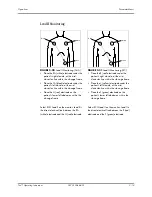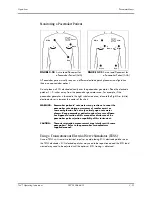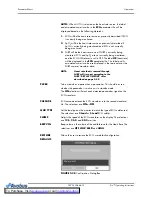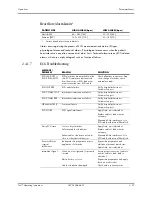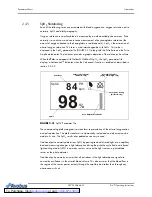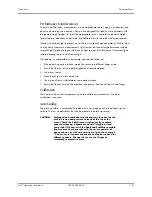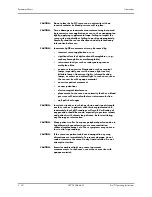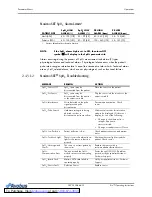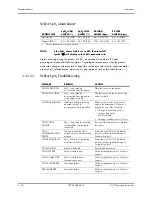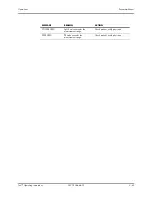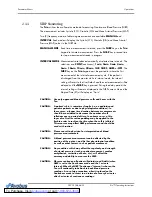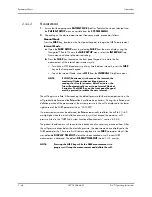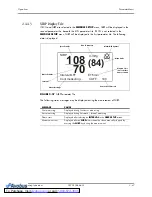
Trio™ Operating Instructions
0070-10-0666-01
2 - 33
Operations
Parameter Menus
Performance Considerations
To ensure optimal SpO
2
measurement, use an appropriate sensor, apply it as directed, and
observe all warnings and cautions. Sensors are designed for specific sites on patients with
designated weight ranges. To select the appropriate sensor, consider the patient’s weight,
level of activity, adequacy of perfusion, available sensor sites and the sterility requirement.
If excessive ambient light is present, cover the sensor site with opaque material. Failure to do
so may cause inaccurate measurements. Light sources that can affect performance include
surgical lights (especially those with a xenon light source), bilirubin lamps, fluorescent lights,
infrared heating lamps, and direct sunlight.
If a reading is unobtainable or inaccurate, consider the following:
• If the patient is poorly perfused, apply the sensor to a different finger or toe.
• Ensure that the sensor is properly aligned and securely applied.
• Use a new sensor.
• Move the sensor to a less active site.
• Use a type of sensor that tolerates some patient motion.
• Ensure that the sensor and site are clean/non-greasy. Remove nail polish and fungus.
Calibration
The oximetry sub-system incorporates automatic calibration mechanisms. No other
calibration is required.
Auto Scaling
The pleth waveform is automatically scaled and is not proportional to the patient’s pulse
volume. There is no adjustment that can be made to the pleth waveform.
CAUTION:

